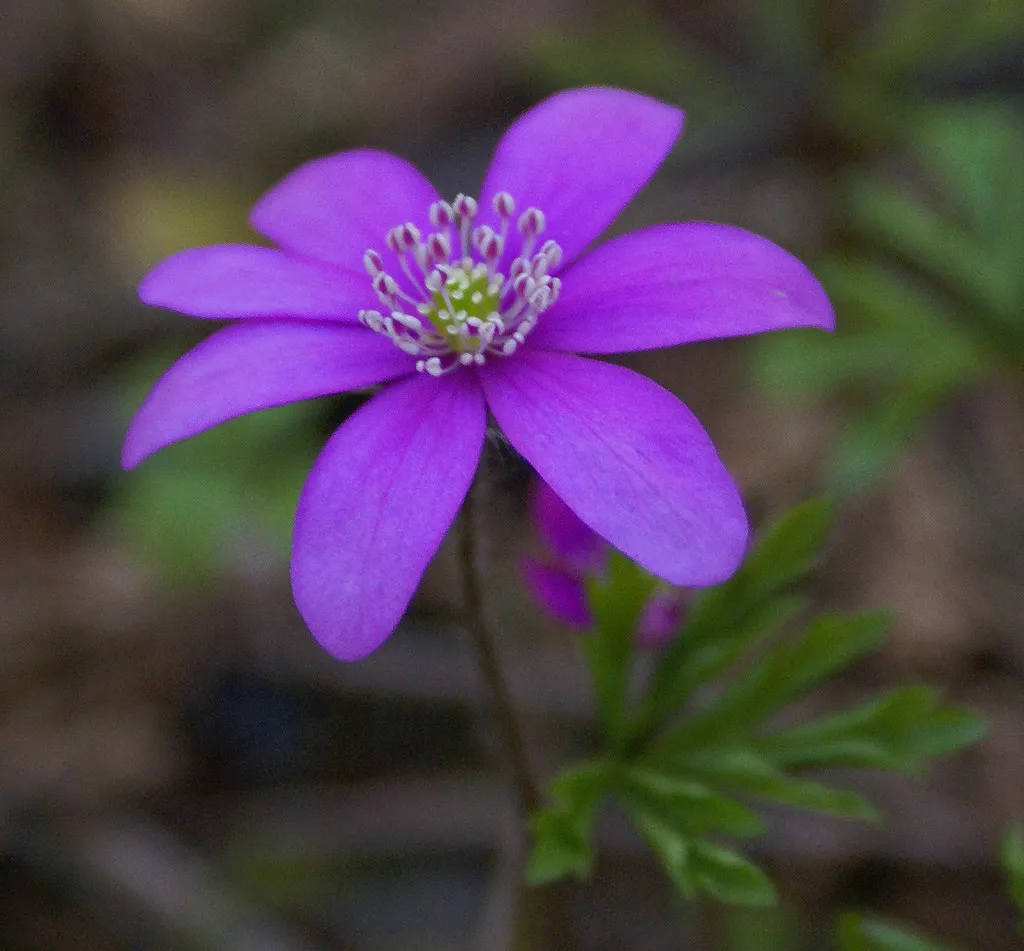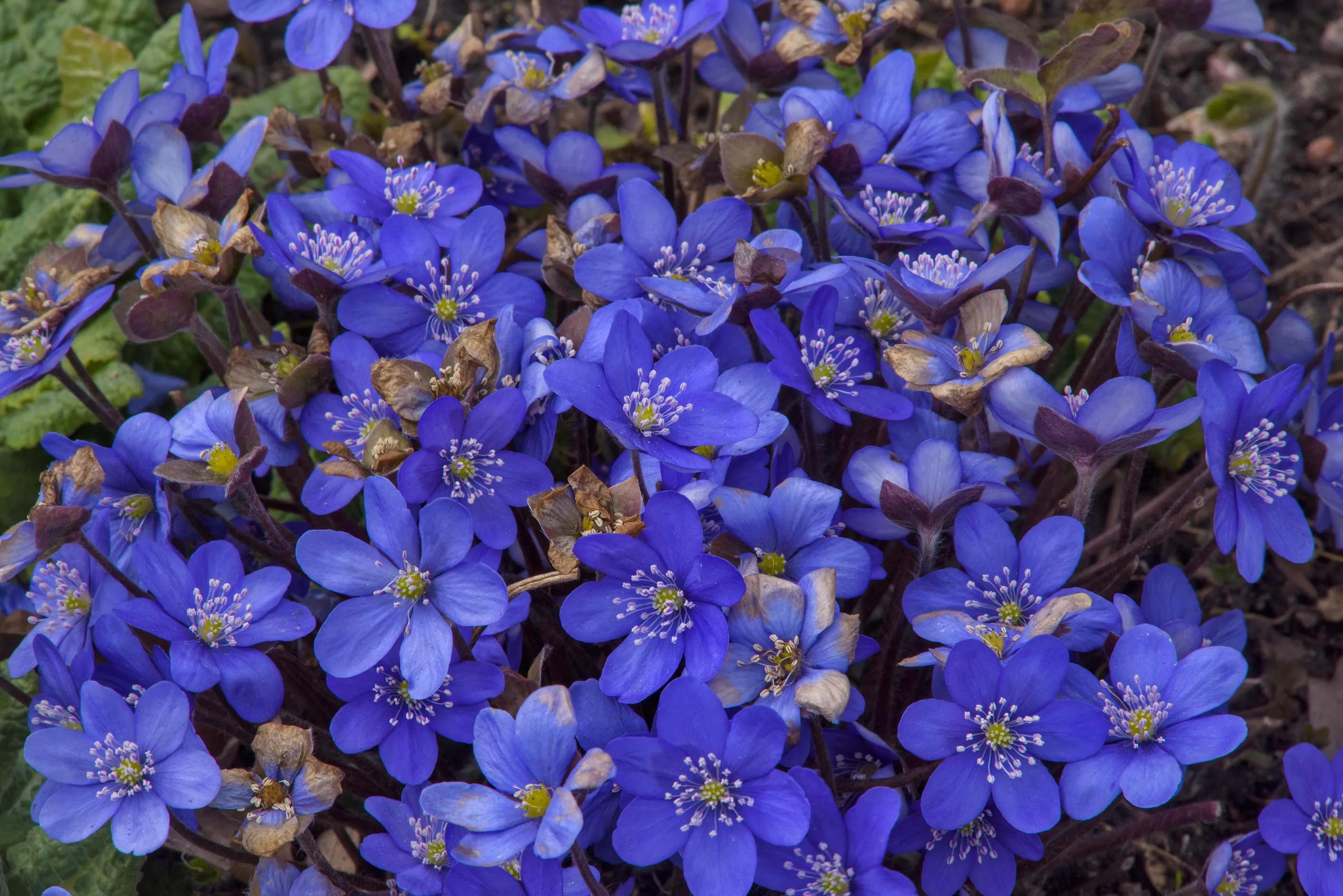Liverleaf: An Overview
Liverleaf, also known as Hepatica, is a perennial herbaceous plant that belongs to the buttercup family. It is native to the temperate regions of the Northern Hemisphere, including Asia, Europe, and North America. The plant is known for its early blooming and delicate, colorful flowers that appear in early spring, making it a popular choice for gardeners and flower enthusiasts. In this article, we will take a closer look at the liverleaf plant, including its characteristics, growing conditions, and uses.
Characteristics of the Liverleaf
The liverleaf is a small, low-growing plant that typically reaches a height of 5 to 20 centimeters. It has three-lobed leaves that are dark green and glossy, with a leathery texture. The flowers of the liverleaf are bell-shaped, with five to nine petals that can be white, pink, purple, blue, or red in color. The plant blooms in early spring, usually from March to May, and the flowers can last for several weeks. After flowering, the liverleaf produces small, dry fruits that contain seeds.
Growing Conditions for Liverleaf
The liverleaf is a hardy plant that can grow in a variety of conditions, although it prefers moist, well-drained soil that is rich in organic matter. It can tolerate some shade but prefers partial to full sun. The plant is also tolerant of cold temperatures and can survive freezing temperatures, making it an ideal plant for cooler climates. Liverleaf is typically propagated by division or by seed. Division involves separating the plant into smaller sections and replanting them in new soil. Seed propagation involves collecting the dry fruits from the plant and sowing them in the soil. It is important to note that liverleaf seeds require a period of cold stratification before they can germinate. This means that the seeds need to be exposed to cold temperatures for a period of time before they can sprout. This can be achieved by placing the seeds in the refrigerator for several weeks before sowing them.
Uses of Liverleaf
Liverleaf has a long history of medicinal use, particularly in traditional Chinese medicine. The plant is believed to have anti-inflammatory, anti-spasmodic, and analgesic properties and has been used to treat a variety of ailments, including liver and digestive disorders, respiratory infections, and menstrual cramps. Liverleaf contains a number of bioactive compounds, including flavonoids, alkaloids, and triterpenoids, which are thought to be responsible for its medicinal properties. In addition to its medicinal uses, liverleaf is also used for ornamental purposes. The plant's delicate, colorful flowers make it a popular choice for gardens and landscaping, particularly in rock gardens and woodland settings. Liverleaf is also used in floral arrangements and can be dried and preserved for use in crafts.
Liverleaf Varieties
There are several different varieties of liverleaf, each with its own unique characteristics and growing requirements. Some of the most popular varieties include: - Hepatica nobilis: This is the most common species of liverleaf and is native to Europe and Asia. It has blue, pink, or white flowers and prefers partial shade and moist, well-drained soil. - Hepatica americana: This species is native to North America and has white, pink, or blue flowers. It prefers full sun and well-drained soil. - Hepatica transsylvanica: This species is native to eastern Europe and has blue or pink flowers. It prefers partial shade and moist, well-drained soil.
Caring for Liverleaf
Liverleaf is a low-maintenance plant that requires minimal care. To ensure healthy growth and blooming, the plant should be watered regularly, particularly during dry spells. It is also important to ensure that the soil is well-drained and rich in organic matter. Fertilizer is not typically necessary, but a light application of compost or organic fertilizer can be beneficial. Liverleaf is not typically affected by pests or diseases, but it can be susceptible to root rot if the soil is too wet. To prevent root rot, it is important to ensure that the soil is well-drained and that the plant is not overwatered.
Conclusion
Liverleaf is a beautiful and versatile plant that is well-suited for a variety of growing conditions. Whether used for its ornamental or medicinal properties, liverleaf is a valuable addition to any garden or landscape. With minimal care and attention, this hardy plant can provide years of beauty and enjoyment.
Frequently asked questions about Liverleaf wallpapers
Q: What is Liverleaf?
A: Liverleaf is a type of flower that belongs to the buttercup family. It is also known as Hepatica.
Q: What kind of pictures of Liverleaf can I find on your website?
A: Our website offers 14 high-quality pictures of Liverleaf flowers. You can download them for free in different file types such as .jpg, .png, and .webp.
Q: Can I use the Liverleaf pictures for commercial purposes?
A: Yes, you can use our Liverleaf pictures for commercial purposes. However, we do not allow the resale of our images.
Q: Do I need to credit your website if I use the Liverleaf pictures?
A: While we appreciate credit, it is not required to use our Liverleaf pictures. However, if you do credit us, we would be grateful.
Q: Can I modify the Liverleaf pictures that I download from your website?
A: Yes, you are allowed to modify the Liverleaf pictures that you download from our website. However, we do not allow the resale of modified images.
Q: How do I download the Liverleaf pictures from your website?
A: You can download the Liverleaf pictures by clicking on the download button located below each image. You can choose the file type and size that you prefer.
Q: What file types are available for the Liverleaf pictures?
A: The Liverleaf pictures are available in three file types: .jpg, .png, and .webp.
Q: What sizes are available for the Liverleaf pictures?
A: You can choose from different sizes for the Liverleaf pictures. Our website automatically detects the visitor's mobile screen size and chooses the right size for the visitor. You can also select the size (width and height) that you prefer.
Q: Are the Liverleaf pictures free to download?
A: Yes, all of our Liverleaf pictures are free to download.
Q: Can I download all of the Liverleaf pictures at once?
A: Unfortunately, we do not offer a bulk download option for the Liverleaf pictures. You will need to download each picture individually.
Q: Can I share the Liverleaf pictures with my friends and family?
A: Yes, you can share the Liverleaf pictures with your friends and family. However, we do not allow the resale of our images.
Q: How many Liverleaf pictures are available on your website?
A: We offer 14 high-quality Liverleaf pictures on our website.
Q: Can I request more Liverleaf pictures to be added to your website?
A: While we cannot guarantee that we will add more Liverleaf pictures to our website, we are open to suggestions. You can contact us and let us know which types of pictures you would like to see on our website.















